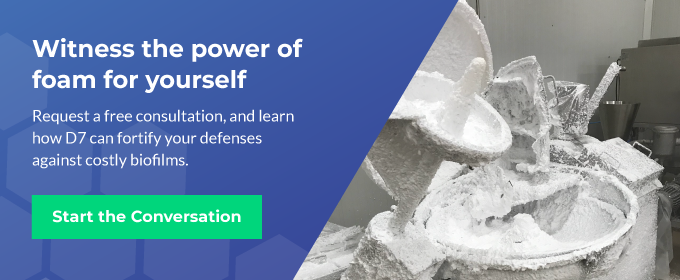Almost two decades ago, meth made in home labs was such a problem that Congress passed a law in 2005 that limited the amount of pseudoephedrine (one of its key ingredients) individuals could purchase in a given period of time. The law also put the cold medicines that contain pseudoephedrine behind the counter and tracked sales more closely. These measures dramatically reduced the number of meth cases in the following years. In the past several years, however, seizures of meth have been on the rise.
Recent statistics show that with 13 percent of overdose deaths nationwide, meth was the number four killer behind fentanyl, heroin, and cocaine. In some regions, particularly in the western states, meth was the number one killer at 21 percent to 38 percent of overdose deaths. Although domestic production of meth has declined in recent years because it is increasingly imported from Mexico, meth is a major problem for the property owners who have to deal with it.,
The Dangers of Meth Contamination
For many landlords, hotel owners, or building managers, discovering a meth lab in an apartment, room, or house is their worst nightmare. The chemicals used to make meth and the waste products that are produced are highly hazardous. When exposed to toxic meth production and waste chemicals, symptoms might include:
-
- Shortness of breath, coughing, chest tightness or pain
- Burning or itching skin or eyes
- Hallucinations and paranoia
- Twitching or convulsions
- Insomnia
- Memory loss
- Behavior changes
According to the EPA, children who are exposed to current or former meth labs encounter acute health and safety risks.
The Meth Lab Cleanup Process
Meth lab cleanup is notoriously difficult and costly, but it is essential for making a home or apartment safe for future occupants. Some states have requirements or recommendations around testing after meth lab cleanup, and most have remediation standards with specifications for safe levels of the substance on surfaces. The EPA’s Voluntary Guidelines cover the recommended steps for meth lab cleanup, which include:
-
- Sampling and air monitoring
- Ventilating the structure
- Removing contaminated materials
- Vacuuming with a HEPA filter
- Washing all surfaces and items
- Flushing plumbing traps
- Encapsulating washed walls and ceilings
For washing, the EPA recommends using a detergent and water and sealing rooms after they have been decontaminated to prevent cross-contamination when cleaning other areas.
How D7 Supports Meth Lab Cleanup
D7 was originally created to neutralize chemical and biological weapons. As such, it is effective against a broad spectrum of toxins and biological materials. For toxic chemicals, detergents help dissolve the chemical into the D7 formulation, where it is attacked and neutralized by the hydrogen peroxide. It’s easy to deploy, non-toxic, and effective against a broad range of bacteria, viruses, and unwanted chemicals. D7 can be applied as a foam, fog, spray, or soak, making it a versatile chemical for sanitizing walls, surfaces, areas that are difficult to reach, and household items that have been contaminated. When applied as a foam, it’s easy to see which areas have been treated. The foam also clings to vertical and overhead surfaces, ensuring the decontaminating chemicals stay on surfaces for the recommended contact times.
Several companies are already using this innovative product for meth lab cleanup. For example, multiple Steri-Clean franchises nationwide have used D7 to remediate automobiles, homes, and apartments contaminated with meth through use and production. All Surface Decontamination uses D7 on a daily/weekly basis for meth remediation in both Australia and New Zealand. Finally, Rapid Response Industrial also uses D7 at its five locations across Canada for meth lab cleanup.
Learn More about D7
D7 is a proven decontaminant in a number of different industries, including food safety and biosecurity, but these aren’t the only potential applications. When used for meth lab cleanup, the detergents in D7 provide the necessary cleaning, but the hydrogen peroxide takes it one step further to neutralize the toxic chemicals. To learn more how to power of foam can enhance your remediation process, reach out for a hassle-free consultation.

